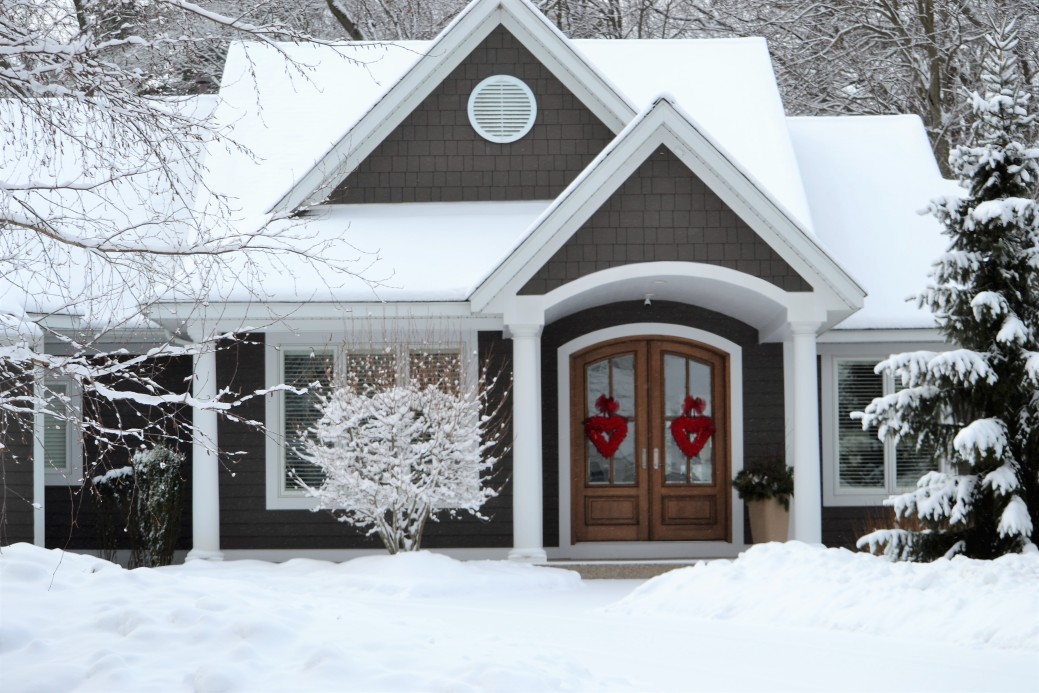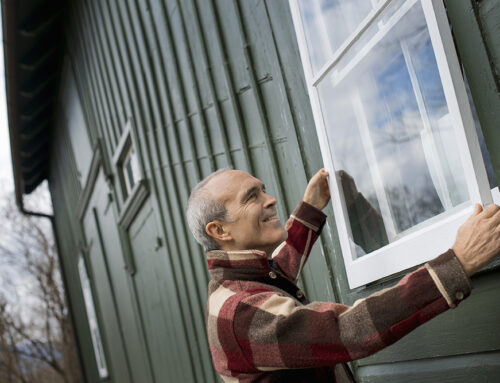With the holidays and the winter season coming up, it is essential to make sure you are prepared for what’s coming.
Winterization is a process that many homeowners neglect until it’s too late. However, if your home isn’t properly winterized by this time of year, then there could be some severe consequences for how well your holiday goes.
In this blog post, we will cover how to winterize your home so that you can have a great holiday season!
What is a home winterization process?
A home winterization process is how you prepare your house for the changing weather that comes with this time of year.
If you’re not adequately prepared, there could be some issues with how well your holiday goes. For instance, if it’s too cold in your home during this season, you may get sick or have to deal with the discomfort of how your house is kept.
If you’re too hot during this time, you will be uncomfortable and may not enjoy the holidays!
When do you need to winterize your home?
It is recommended to winterize your home at least two weeks before the cold weather season begins.
This way, you will notice any problems with how well the process is done and how your house may or may not already be prepared for this time of year!
How do you winterize your home?
There are many different ways to make sure that you’re appropriately prepared for what’s coming.
While the best way is to have a professional come out and inspect how well your house can handle these conditions, we understand how this may be slightly costly or just not possible, depending on how large of a place you have.
We recommend following some of these tips below so that you can winterize your home successfully!
Check your heating system
Your heating system is how you keep your house warm during the cold months. If you have a malfunctioning heating system, how well your home is maintained during this cold season could be compromised.
It’s important to make sure that it works and provide you with the warmth or coolness needed for how you like it! Also ensure that you’re checking to see how clean or dirty these vents are and what condition they may work properly when needed.
Consider adding storm windows
You can purchase storm windows that you can put on top of your existing ones to help keep the cold air outside.
Storm windows are very cheap and are a great way to help how well your house can be kept during this cold season.
Plus, they won’t add anything to how your house looks from the outside. However, make sure you can easily take these out once spring arrives!
Keep the cold air out
While it’s essential to keep your house in mind, you also want to ensure that the cold air doesn’t get inside your home. If this happens, how much warmth or the coolness you need during these months could increase, which will be costly down the line!
Make sure there are no cracks in your window panes and check how well-sealed they are to prevent cold air from getting in. You can caulk these areas or purchase a sealant to see how these panes can keep the cold air out.
Additionally, air leaks can also increase your energy bills, so make sure that you’re checking how well your windows are sealed to prevent this from happening!
Clean your gutters and downspouts
Gutters and downspouts help how well water is carried away from your home during any season, but especially this time of year where snow may fall!
However, if your gutters and downspouts aren’t as clean as they should be, then there is a possibility that ice dams and other winter elements may form.
You want to make sure that your gutters and downspouts are maintained so that they can properly carry away water from how your house is kept during this time of year.
Inspect your roof
A damaged roof during this cold season is often prone to leaks due to melting snow and ice build-up.
Ensure how well your roof is maintained and how it can handle these conditions, so you don’t have to worry about leaks during this time of year!
It is vital to make sure how well your house can be kept during the next few months so that you don’t lose money down the line on energy or need repairs done.
Paint a fresh coat of outdoor paint or sealant
Consider painting a fresh coat of sealant on your deck or patio to protect it during the winter season.
It’s a great idea to paint this fresh coat on before the winter season arrives so that it can properly protect how your outdoor living spaces will be able to restore them once spring arrives so that how well they can be used during these months.
Move ceiling fans in a clockwise direction
Believe it or not, switching the direction of your ceiling fans can help warm air circulate in your home during the winter season.
By switching it into a clockwise direction, the hot air will be able to circulate around your home and help you stay nice and warm.
Check your outdoor equipment
Equipment such as snow blowers, snow shovels, and ice chippers all need to be checked to work how they are supposed to.
Ensure how well each item is maintained. If something happens down the line, how you will handle conditions such as these could become compromised!
Check your water heater thermostat settings
You want to make sure how hot or cold the water coming from your tap will be before lowering its default setting. The default for most water heaters is 120 degrees, but how well it will keep the water hot enough once winter arrives may not be how you want.
Adjusting this setting during colder months can prevent how much energy is used up so that you don’t have any additional costs on your monthly bill! You also need to flush out your water heater to remove any hard water sediments and debris.
Get a chimney balloon
Chimneys are one of the reasons why there is heat loss during the winter season.
A chimney balloon is a great way to help prevent warm air from escaping your home. Chimney balloons work by blocking the cold air from entering and warming up in your home.
Insulate your attic
As the temperature drops, it’s crucial to ensure that you properly insulate your attic floor to prevent ice dams. Ice dams are created when warm air from your home enters the attic, melts snow on the rafters, and refreezes again at the eave of your roof where there is no insulation below it. This can create an ice dam that results in water damage to your ceilings!
Final Thoughts
If you follow these 11 tips, then you will be better prepared for the winter season.
We hope that this blog post has helped educate and prepare you in some way before it’s too late! What are your thoughts on what we’ve shared? Do any of these steps seem like something that would benefit your home or just another hassle? Let us know below by leaving a comment so we can continue the conversation!


